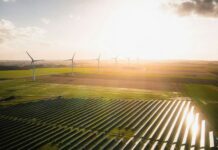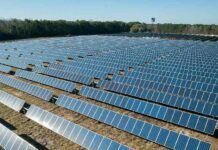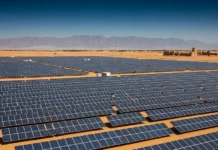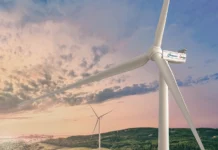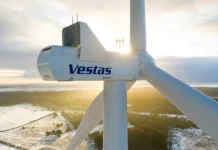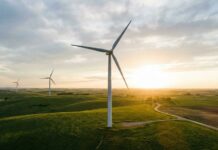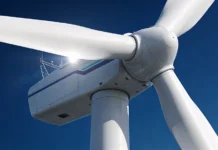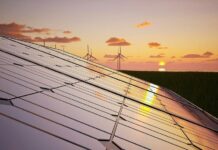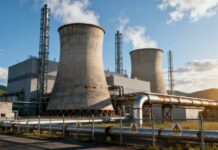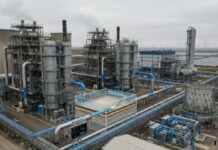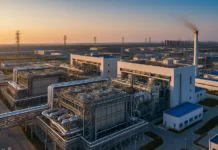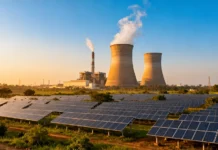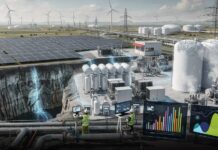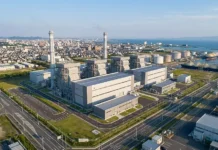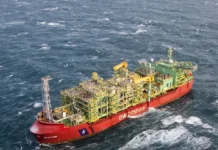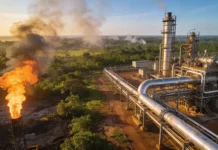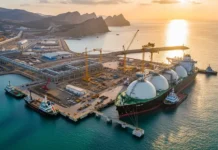Wind energy is the most reliable and effective renewable energy source for responding to growing demand –in view of the foreseeable depletion of traditional (fossil) and non-renewable energy sources-. Likewise it guarantees economic competitiveness and is one of the factors driving the reduction in pool prices in many countries.
Wind energy, like the other renewable energy sources, prevents the emission of CO2, is a limitless resource and reduces nations’ energy dependence; however it is markedly different from the other renewable sources in the following two respects: its industrial nature (meaning the existence of a national industry built around proprietary technology with longer development periods – eight years to develop a wind farm – and higher capex requirements) and technological maturity, with the sector firmly established on the learning curve, a factor driving price competitiveness.
Growth drivers
There are five factors which will continue to drive growth in the wind power sector medium- and long-term:
The commitment by countries and governments to continue contributing to socio-economic development that is sustainable and integrating, capable of creating a stable industrial structure and jobs, and of promoting territorial and social integration.
Growing demand for energy worldwide in emerging countries, mainly in Asia. China was the fastest-growing wind markets in 2009 and is the one with the strongest prospects for the future because of the size of the market, the authorities’ awareness of environmental and pollution problems, the lack of domestic energy resources, and the launch of a renewable energy plan.
- Energy independence.
- Increase in fossil fuel prices.
- Growing competitiveness of wind power.
Â



